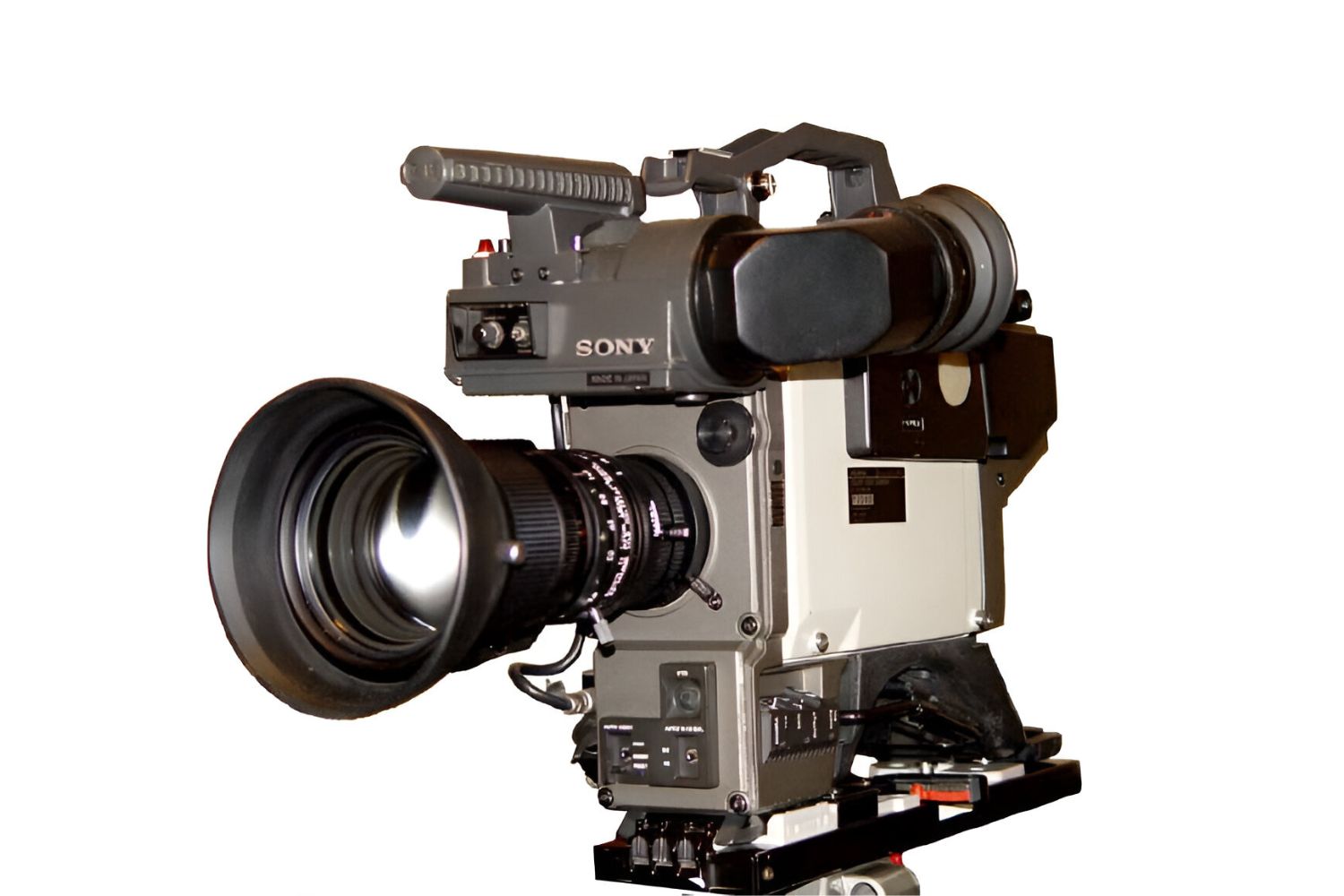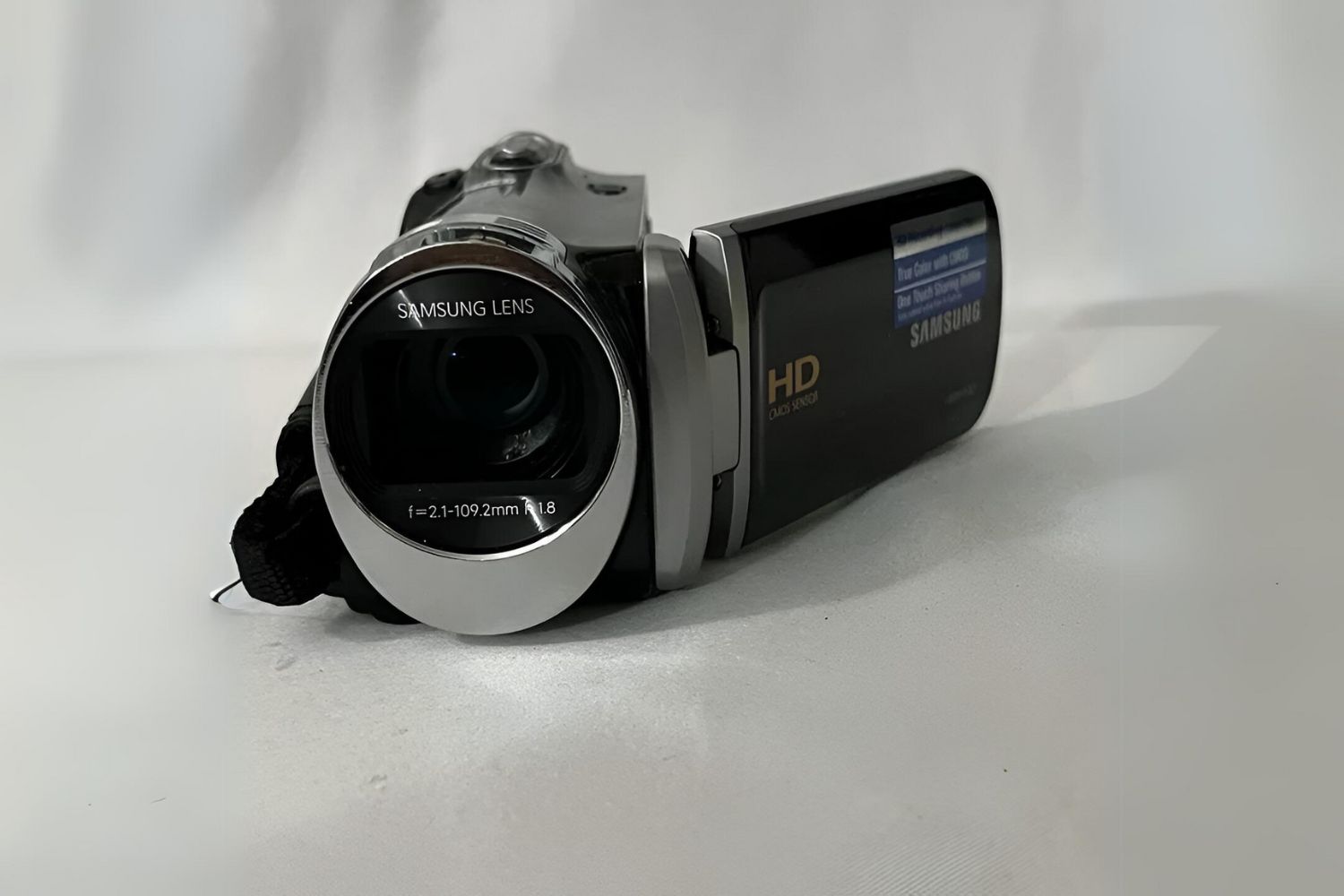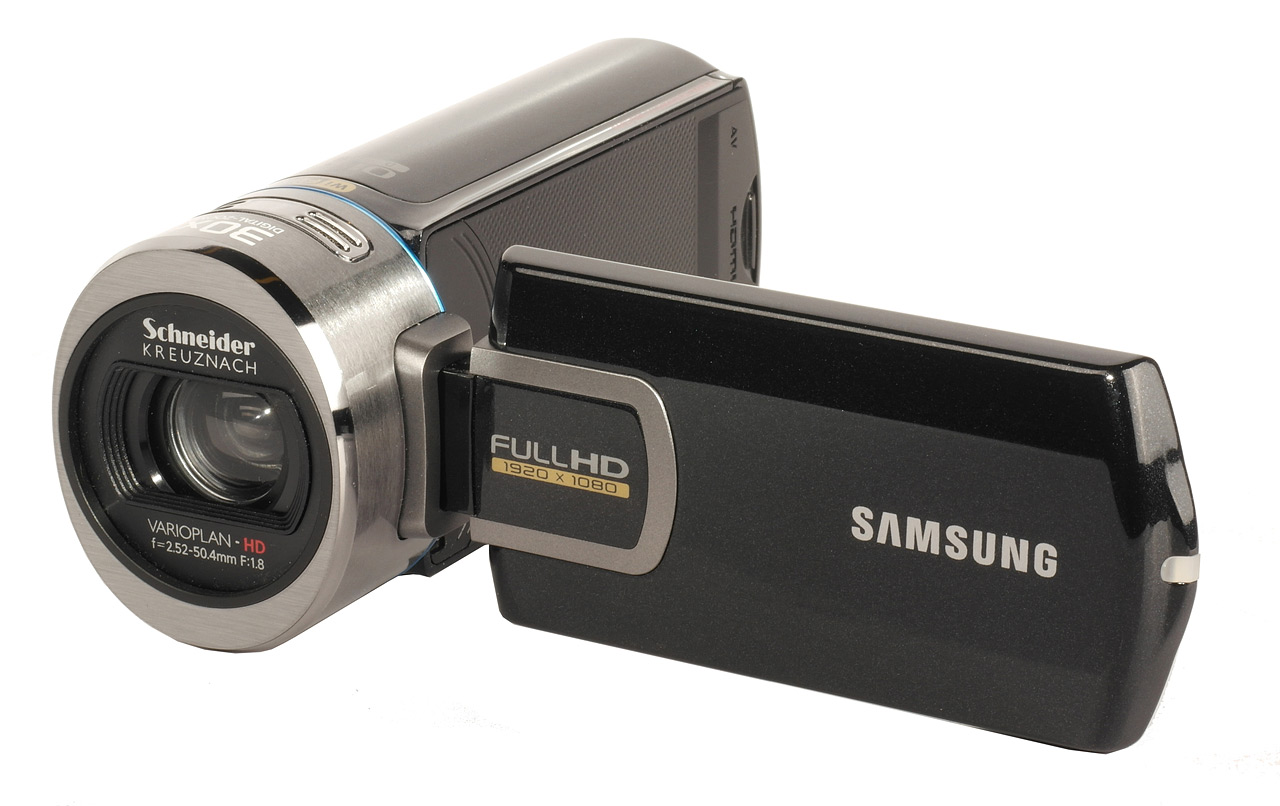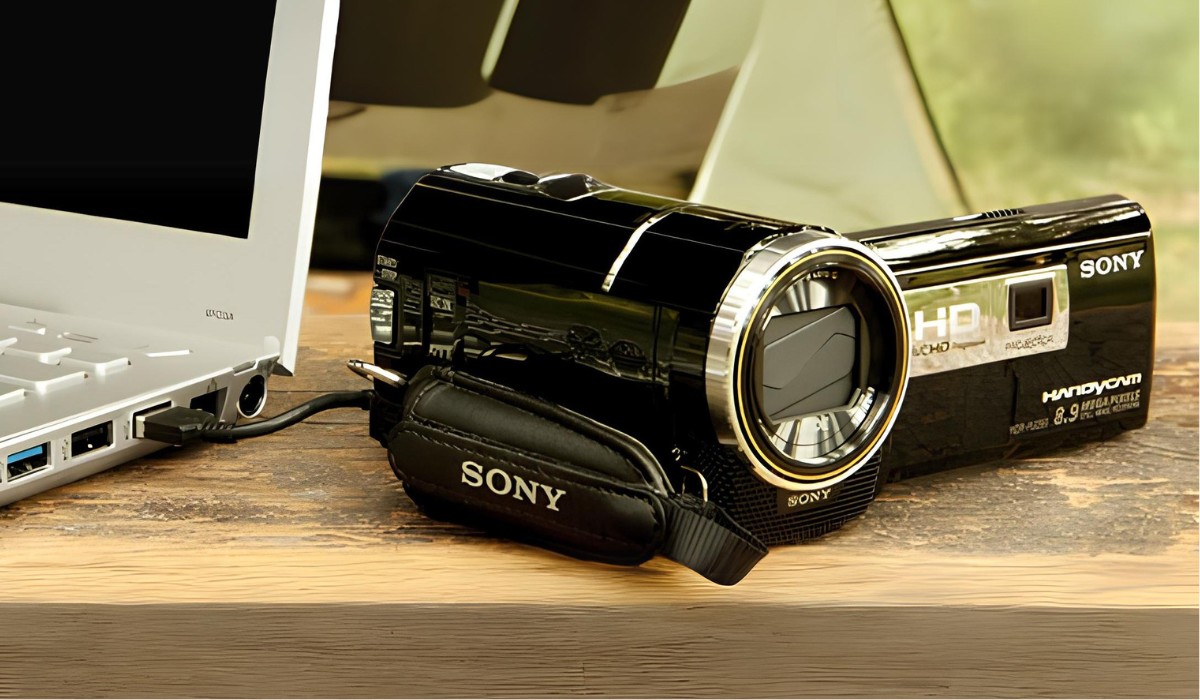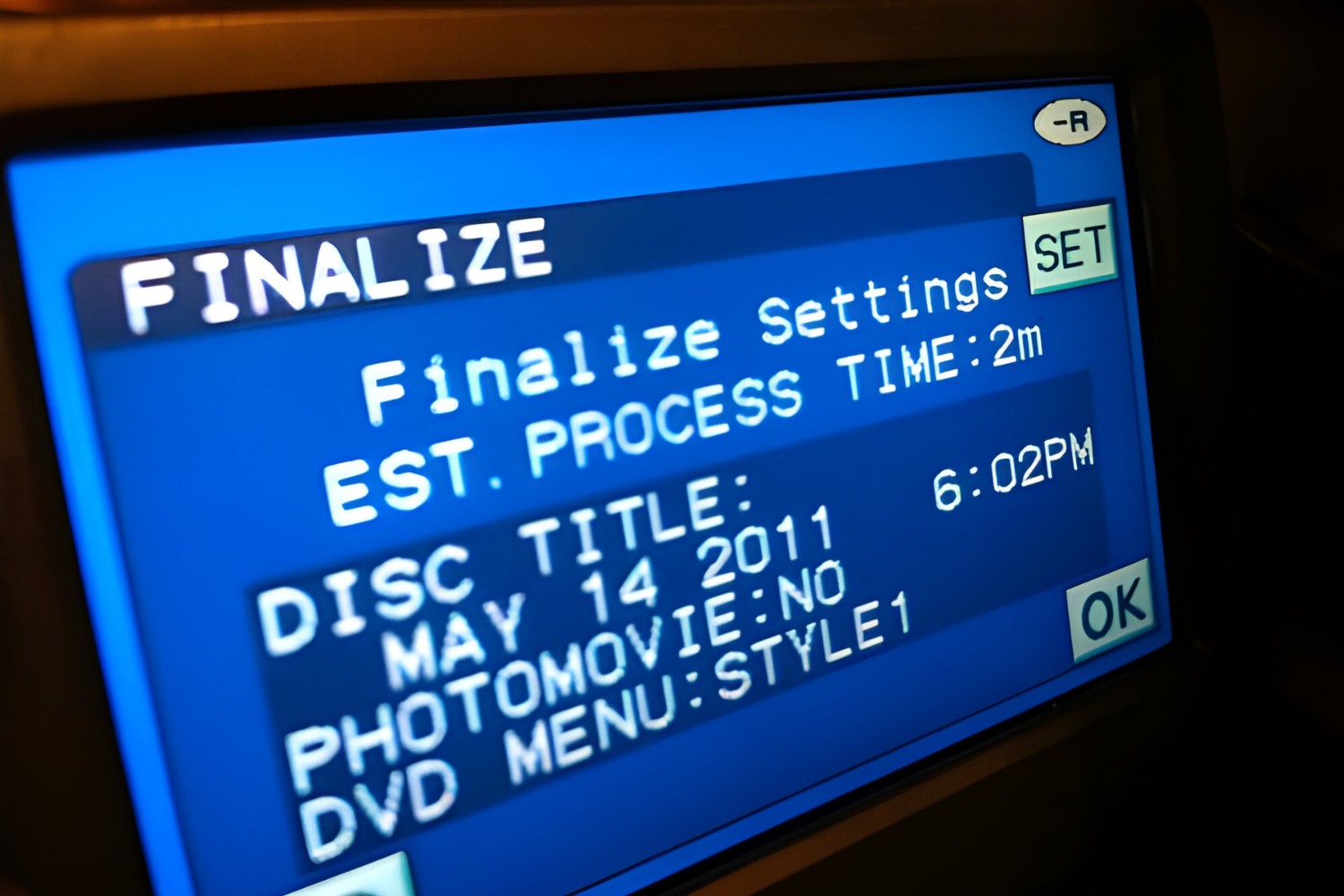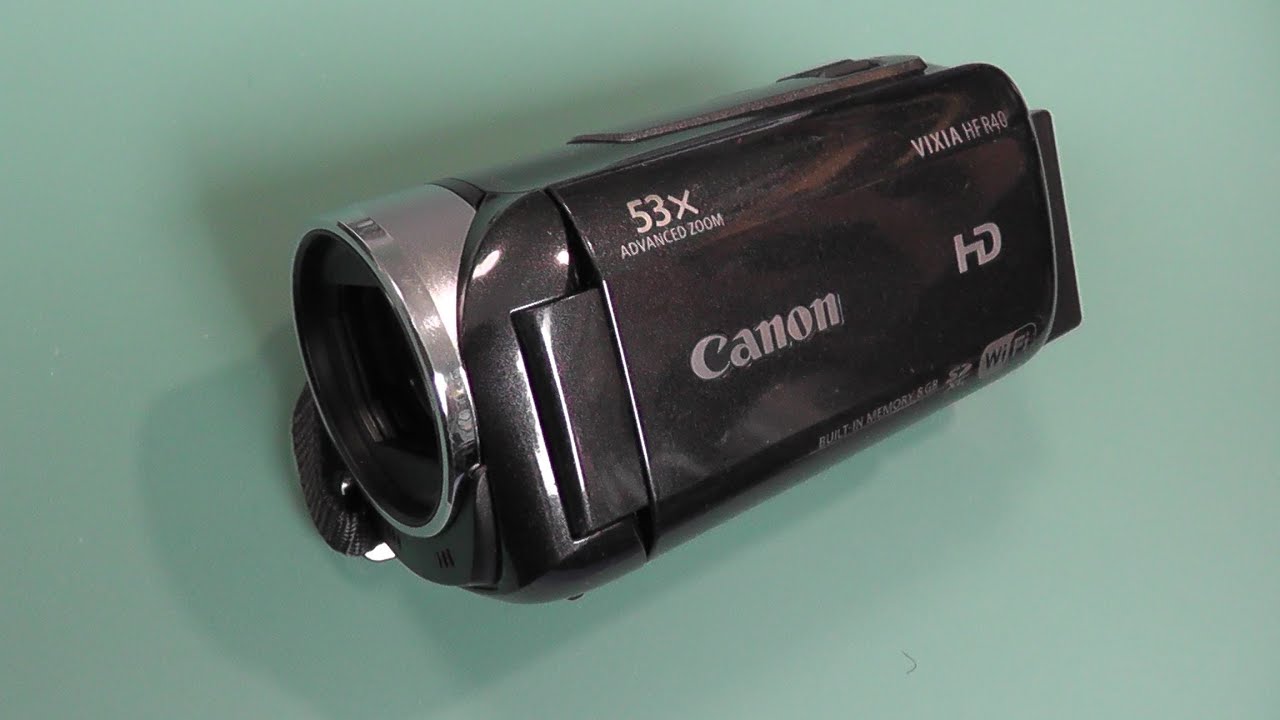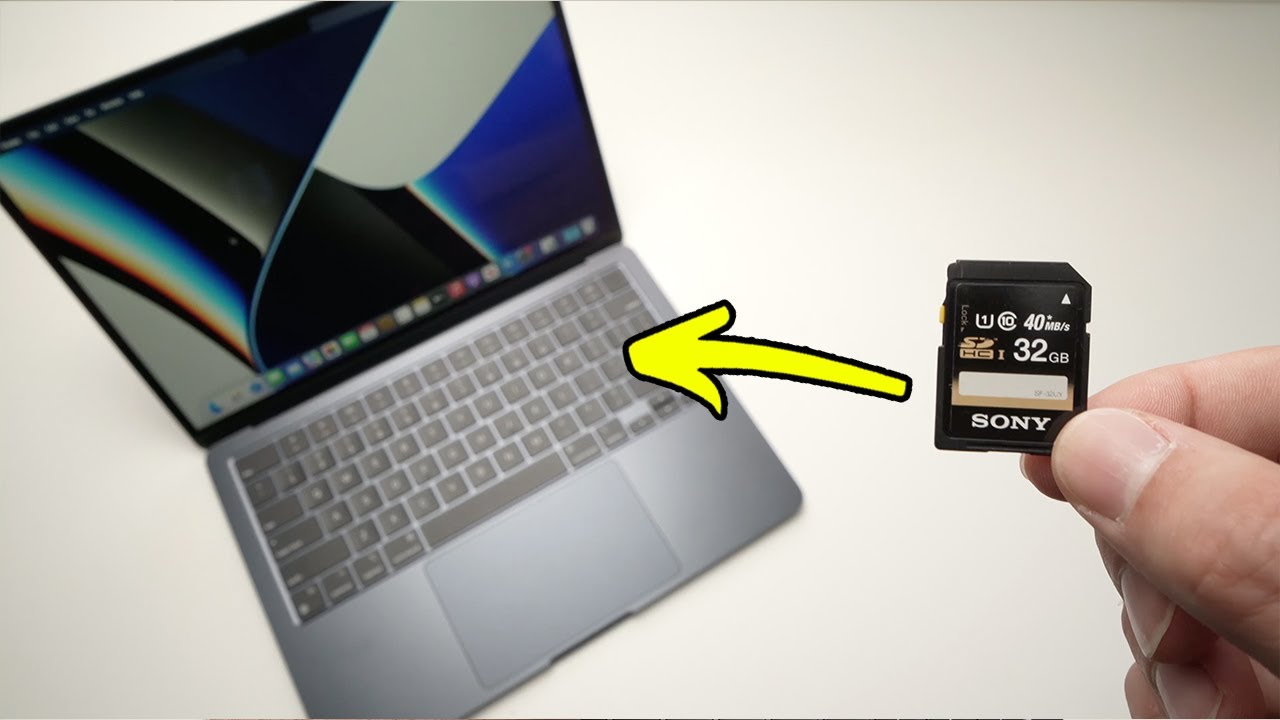Introduction
The camcorder, a revolutionary device that changed the way we capture and preserve memories, has an intriguing history. From its humble beginnings to its widespread impact on society, the camcorder has evolved significantly over the years. This article delves into the intriguing story of the camcorder, exploring its invention, evolution, and its profound impact on society.
The journey of the camcorder is a testament to human ingenuity and the relentless pursuit of innovation. It has not only transformed the way we document our lives but has also played a pivotal role in shaping the entertainment industry. Join us as we embark on a captivating exploration of the fascinating world of camcorders, from its inception to its enduring legacy.
The camcorder has undoubtedly left an indelible mark on our lives, and understanding its origins and evolution provides valuable insights into the intersection of technology and human creativity. Let's take a closer look at the remarkable story of the first camcorder and the profound impact it has had on society.
The Invention of the Camcorder
The birth of the camcorder can be traced back to the 1980s, a pivotal era characterized by rapid technological advancements. The convergence of video recording and portability led to the creation of the first camcorder, a groundbreaking innovation that revolutionized the way people captured and preserved moments.
In 1983, Sony unveiled the Betamovie BMC-100P, widely regarded as the world’s first camcorder. This compact yet powerful device integrated a video camera and a videocassette recorder, allowing users to record and playback videos with unprecedented ease. The Betamovie BMC-100P marked a significant departure from traditional bulky video recording equipment, ushering in a new era of convenience and accessibility.
Equipped with a built-in microphone and a fold-out screen for monitoring recordings, the Betamovie BMC-100P embodied the marriage of cutting-edge technology and user-friendly design. Its portability and intuitive functionality made it a game-changer, empowering individuals to document their lives with newfound simplicity and spontaneity.
Following Sony’s pioneering foray into camcorder technology, other electronics manufacturers swiftly followed suit, introducing their own versions of portable video recording devices. This surge of innovation fueled fierce competition, driving further advancements in camcorder technology.
As the camcorder continued to evolve, subsequent iterations featured enhanced capabilities, including improved image quality, digital recording formats, and compact storage solutions. The invention of the camcorder marked a paradigm shift in the realm of visual storytelling, democratizing the art of capturing and sharing experiences.
With the advent of the camcorder, ordinary individuals gained the power to document significant moments in their lives, from family gatherings to personal milestones, with unprecedented convenience. This newfound accessibility to video recording technology paved the way for a transformative shift in how we preserve and revisit cherished memories.
The invention of the camcorder not only democratized video recording but also catalyzed the evolution of visual media consumption, laying the groundwork for the digital age of content creation and consumption.
Evolution of Camcorders
The evolution of camcorders has been a testament to the relentless pursuit of innovation and the ever-changing landscape of technological advancements. Following the pioneering debut of the first camcorder in the 1980s, subsequent decades witnessed a remarkable trajectory of progress and refinement in camcorder technology.
Throughout the 1990s, camcorders underwent a transformative evolution, marked by significant improvements in size, functionality, and recording quality. The transition from analog to digital recording formats revolutionized the industry, offering users unparalleled clarity and versatility in capturing moments.
Advancements in digital imaging technology and the integration of electronic viewfinders and LCD screens further enhanced the user experience, empowering creators to frame and capture their shots with precision and creativity. The compactness of camcorders continued to improve, making them more portable and convenient for users on the go.
As the new millennium dawned, the convergence of digital technology and the internet catalyzed a paradigm shift in the camcorder landscape. The emergence of camcorders with built-in connectivity features, such as Wi-Fi and Bluetooth, enabled seamless sharing and streaming of content, expanding the reach of visual storytelling.
Simultaneously, the evolution of storage media, from tape-based formats to solid-state memory cards, revolutionized the way users stored and accessed their recordings. The transition to digital storage not only increased the storage capacity but also enhanced the durability and accessibility of recorded content.
Furthermore, the integration of advanced image stabilization technology and high-definition recording capabilities elevated the quality of camcorder footage, blurring the lines between amateur and professional videography. The democratization of high-quality video production empowered a new generation of content creators to explore their creativity and share their narratives with the world.
Today, the evolution of camcorders continues to be driven by cutting-edge features such as 4K and even 8K video recording, augmented reality (AR) capabilities, and advanced auto-focus systems. The convergence of camcorders with smartphone technology has further expanded the horizons of visual storytelling, blurring the boundaries between dedicated camcorders and mobile devices.
As we reflect on the evolution of camcorders, it becomes evident that these devices have transcended their initial role as mere recording tools, evolving into versatile instruments that empower individuals to capture, create, and share impactful visual narratives.
Impact of Camcorders on Society
The advent of camcorders has had a profound and multifaceted impact on society, reshaping the way we document, consume, and interact with visual content. These innovative devices have not only democratized video recording but have also catalyzed a cultural and societal transformation, leaving an indelible mark on the fabric of human experience.
One of the most significant impacts of camcorders on society has been the democratization of visual storytelling. With the accessibility and affordability of camcorders, individuals from diverse backgrounds gained the ability to capture and share their unique narratives, fostering a rich tapestry of personal and communal histories.
Furthermore, the widespread adoption of camcorders has redefined the dynamics of memory preservation and family narratives. Families and communities have been empowered to document and preserve their traditions, milestones, and everyday moments, creating a visual legacy for future generations to cherish and learn from.
The proliferation of user-generated content, facilitated by the ubiquity of camcorders, has also reshaped the entertainment landscape. Amateur filmmakers, vloggers, and content creators have leveraged camcorders to produce compelling and diverse content, challenging traditional media structures and amplifying underrepresented voices and perspectives.
Moreover, camcorders have played a pivotal role in shaping public discourse and advocacy. The documentation of social movements, human rights violations, and community initiatives has been empowered by the accessibility of video recording technology, amplifying the voices of marginalized communities and fostering social awareness and change.
From a technological standpoint, the impact of camcorders on society extends to the realm of education and professional development. The integration of video recording technology in educational settings has revolutionized the way knowledge is disseminated and acquired, offering immersive and engaging learning experiences.
Camcorders have also fueled the growth of visual arts and creative expression, providing a platform for aspiring filmmakers, visual storytellers, and multimedia artists to hone their craft and share their perspectives with global audiences.
As camcorders continue to evolve, their impact on society is poised to expand even further, driving innovation in fields such as virtual reality, live streaming, and immersive storytelling. The democratization of visual content creation and consumption has ushered in a new era of human connection and expression, transcending geographical and cultural boundaries.
The enduring impact of camcorders on society serves as a testament to the transformative power of technology in shaping human experiences, fostering empathy, and preserving the diverse tapestry of human narratives.
Conclusion
The journey of the camcorder, from its inception to its enduring impact on society, is a testament to the remarkable intersection of human ingenuity and technological innovation. The invention of the camcorder in the 1980s marked a pivotal moment in the history of visual storytelling, democratizing the art of video recording and reshaping the way individuals document and share their experiences.
As camcorders evolved from bulky analog devices to sleek, high-definition recording instruments, they catalyzed a cultural and societal transformation, leaving an indelible mark on the fabric of human experience. The democratization of visual storytelling, the preservation of family narratives, and the amplification of underrepresented voices are just a few facets of the profound impact of camcorders on society.
Furthermore, the convergence of camcorders with digital technology has empowered individuals to explore their creativity and share their narratives with the world, challenging traditional media structures and fostering social awareness and change. The enduring impact of camcorders on society serves as a testament to the transformative power of technology in shaping human experiences, fostering empathy, and preserving the diverse tapestry of human narratives.
As we reflect on the evolution of camcorders, it becomes evident that these devices have transcended their initial role as mere recording tools, evolving into versatile instruments that empower individuals to capture, create, and share impactful visual narratives. The ongoing evolution of camcorders is poised to drive further innovation in fields such as virtual reality, live streaming, and immersive storytelling, ushering in a new era of human connection and expression.
In essence, the story of the camcorder is a captivating narrative of human creativity, technological progress, and the enduring impact of innovation on society. From family gatherings to social movements, from personal milestones to global advocacy, camcorders have become indispensable tools for capturing and preserving the diverse tapestry of human experiences, shaping the way we connect, learn, and empathize with the world around us.







